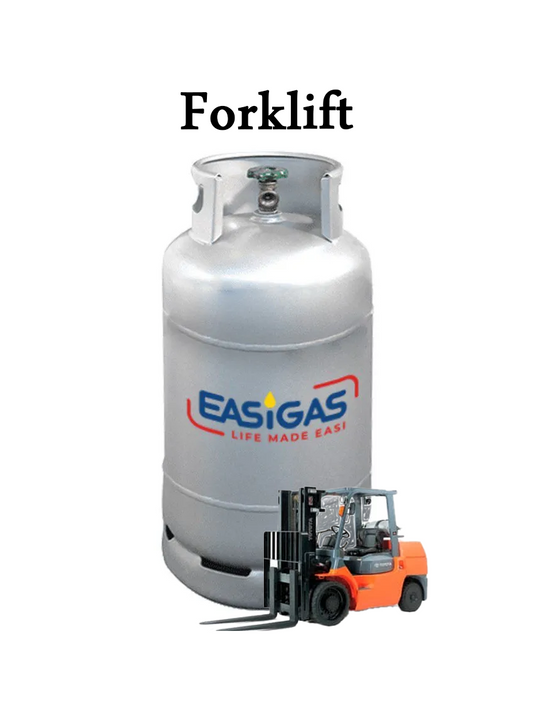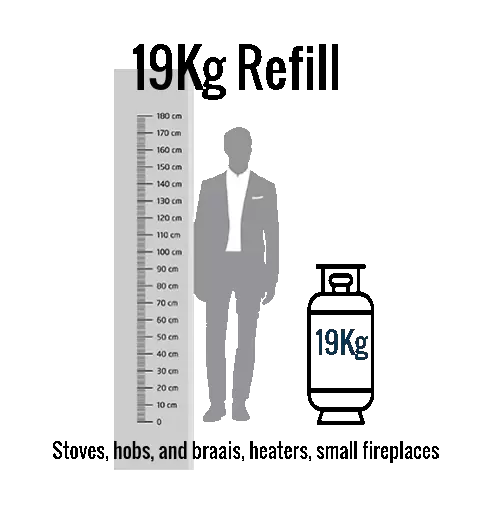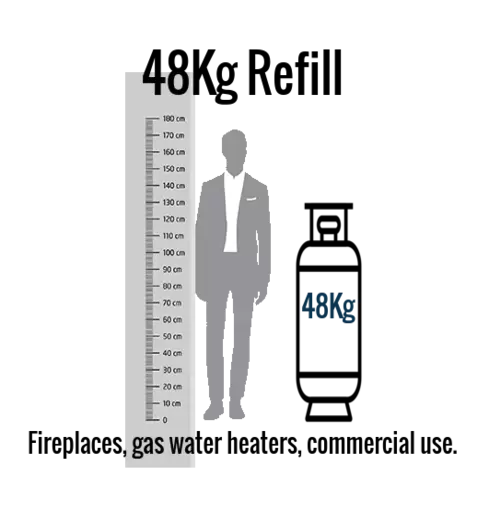What is gas compliance in South Africa?
Share
Your Essential Guide:
Let's talk about the Gas Certificate of Compliance. This certificate, also known as a certificate of conformity, is a document that provides solid proof that your gas installation has been set up safely, in accordance with established standards, and is free from leaks or potential hazards.
This certificate becomes particularly important when there's a change to the appliance, the gas line or for the transfer of property ownership involving gas installations and appliances. It assures the new owner or your insurance company that the gas system/appliance is compliant with safety regulations and safe for use.
How Long is a Gas Certificate Valid?
Gas compliance certificates are not eternal. In fact, they have a limited lifespan. Each time a property changes hands, and there are gas installations involved, a new gas compliance certificate is required. Additionally, it's advisable to have routine maintenance performed on your gas appliances and installations at least once a year. (Be sure to check with your insurance company) This maintenance should be accompanied by the issuance of a new certificate to ensure ongoing safety and compliance with South African gas regulations.
Understanding and adhering to these gas compliance requirements not only keeps your home safe but also ensures that you're in compliance with the law. Whether you're a property owner or a prospective buyer, knowing the ins and outs of gas compliance in South Africa is essential for peace of mind and a safer living environment.
Some Gas Compliance Certificate Requirements
When it comes to securing a gas compliance certificate, there are specific requirements that your gas installation must meet. These requirements are in place to ensure the safe and proper use of gas in residential properties. Here's a basic checklist to help you understand what's involved:
1. No Leaks: First and foremost, your gas installation must be entirely leak-free. This is a fundamental requirement to prevent potential hazards.
2. Rubber Component Replacement: All rubber components within your gas installation should be replaced every five years. This periodic maintenance ensures that the system remains in good working condition.
3. Cylinder Size Limits:
- In flats, the maximum cylinder size allowed is 9kg.
- Inside a house, the maximum cylinder size is 19kg.
- For free-standing properties, the maximum cylinder size permitted is 100kg.
4. Correct Fittings: Always use fittings that are correctly selected and suitable for the job. This ensures that your gas installation operates safely and efficiently.
5. Isolation Valves: Each gas appliance should be equipped with an isolation valve that has been approved by the South African Bureau of Standards (SABS).
6. Electrical Safety: There should be no electrical plug points/switches located behind/under the hob or stove cupboard partition.
7. Hose Length: The orange hose should not exceed 2 meters in length, and it should not pass through any solid partitions or walls.
8. Cylinder Placement: Proper cylinder placement is essential. Follow these guidelines:
- Ensure the cylinder is on a firm base.
- Keep it 5 meters away from any electrical point above the valve.
- Maintain a 1-meter distance from doors, open windows, or boundary walls.
- Place it at least 3 meters away from windows located below the cylinder.
- Keep a 2-meter distance from drains or air-conditioning inlets.
9. Gas Geyser Safety: If you have a gas geyser, it should be installed 1.4 meters above the ground surface and positioned at least 1 meter away from the valve.
Visit our gas regulations page for more Information -
2013 Standard https://thegasman.co.za/pages/lp-gas-regulations
2014 Standard https://thegasman.co.za/pages/2024-new-gas-regulation-standard-south-african




